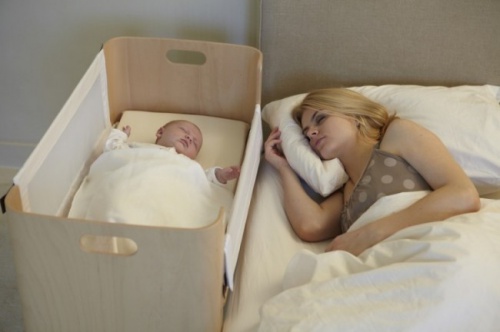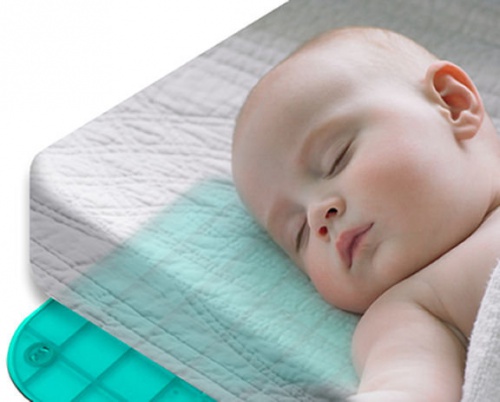Tips for Putting Your Baby to Sleep

When you finally have your baby in your arms and are ready to go home, thousands of questions may begin to pass through your mind, like: How should I put my baby to sleep?
A little anxiety is normal, wondering if we can guarantee our child’s well-being. They seem so fragile and are 100% dependent on us.
You want to rule out any possible risk factors that could compromise your newborn’s well-being. That’s why it’s very important to be well informed.
For example, if you are calmer when putting your baby to sleep, you will both have a more restful night’s sleep.
There are two main things that every mother fears may happen while her baby sleeps. The first is Sudden Infant Death Syndrome and the second is problems caused by reflux.
90% of the cases of babies affected by Sudden Infant Death Syndrome occurred between 2 and 6 months of life. After a year of age, the risks are reduced exponentially.
– White Paper on the Infant Death Syndrome –
Risk factors when putting your baby to sleep

In the case of Sudden Infant Death Syndrome (SIDS), the causes are not yet known. SIDS is an event that affects healthy children up to one year of age with no prior warning.
Even after an autopsy, the exact causes of SIDS are unknown.
Experts believe that Sudden Infant Death Syndrome, also known as “crib death” could be related to defects in the baby‘s heart or respiratory system.
Another alarming issue for mothers is when their baby experiences reflux.
Reflux is a temporary problem caused by an immature digestive system. However, the danger with reflux is that vomit could go into the lungs and cause suffocation.
Myths and facts regarding sleeping babies

For a long time, the consensus was that children should sleep on their stomachs. The idea was that reflux or vomiting could be easily expelled in this position therefore reducing the chances of suffocation.
However, this practice only increased the cases of sudden death and caused a medical investigation.
Thus doctors currently recommend that babies sleep on their back. Since this change, deaths by suffocation in babies while sleeping have been reduced significantly.
Other recommendations for putting your baby to sleep safely include:
- Choose a firm mattress and prevent them from sleeping on soft surfaces.
- Do not wrap them in blankets or quilts until they are one year old. Meanwhile, keep them warm in climate-appropriate pajamas.
- Make sure the baby’s room has adequate ventilation and is the appropriate temperature. Overdressing a child can cause overheating.
- Keep your baby away from cigarette smoke.
- Choose simple bedding, preferably cotton.
- Use a pillow appropriate to the baby’s size. Avoid adult pillows. There are some specially designed baby reflux pillows that have a slight angle.
- Some pediatricians recommend that your baby does not sleep with adults. When you breathe, carbon dioxide is exhaled which is harmful to the baby if inhaled. In the end, co-sleeping is a personal decision.
By considering these recommendations, you will ensure that your child has a restful sleep, is comfortable and also safe.
Thus parents can keep calm while their baby sleeps and continues to grow.
All cited sources were thoroughly reviewed by our team to ensure their quality, reliability, currency, and validity. The bibliography of this article was considered reliable and of academic or scientific accuracy.
- Olmedo, J. O., Visus, F. S. V., Pérez-Nievas, A. Z., Zubiri, S. B., Urdiroz, A. O., Campistegui, D. V., & Grimá, G. G. (1996). Cambio de postura y disminución de la tasa de mortalidad por muerte súbita infantil en Navarra. An Esp Pediatr, 45, 161-166.
- Guevara, G., & TOLEDO, M. (2011). Reflujo gastroesofágico en pediatría. Revista chilena de pediatría, 82(2), 142-149.
This text is provided for informational purposes only and does not replace consultation with a professional. If in doubt, consult your specialist.








